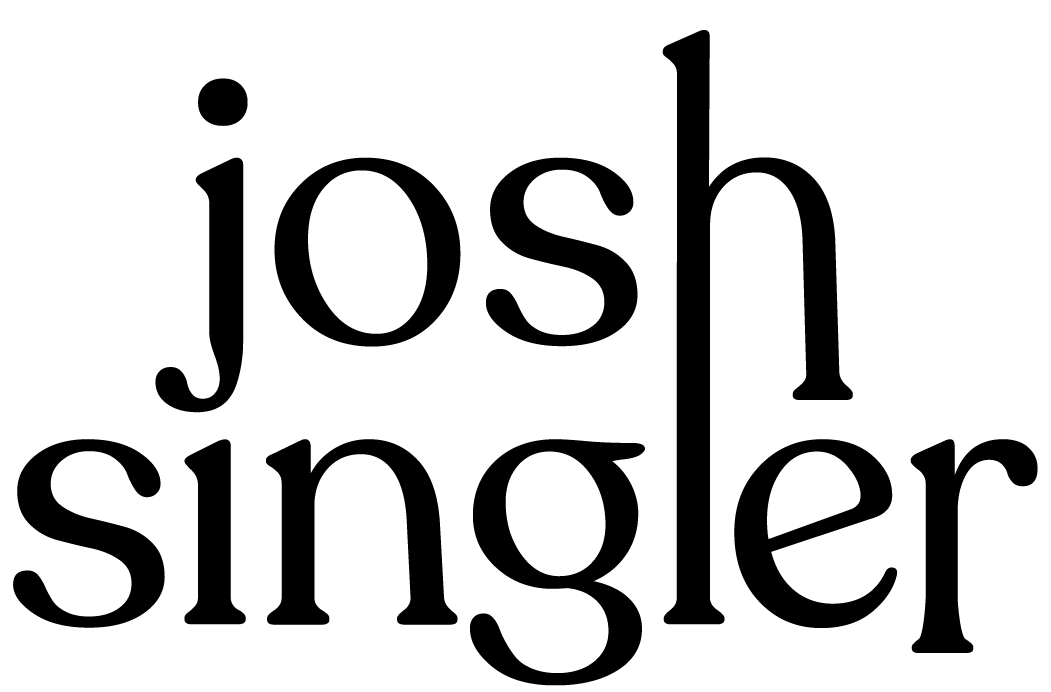Master of Design (MDes)
Design Research + Book Design
'Faggots are the Future' is the result of two years of introspective and reflexive design exploration into ways which one’s gender and sexual identity can be influential constituents in their professional practice.
This project was awarded the 2020 Wensley Architecture Ltd. Master of Design Graduation Award.
shifting from 'query' to 'qu𝘦ery'
A query, as defined in the dictionary is an inquiry, one that is often influenced by the desire for some sort of authoritative information, and within an academic institution, there is often an inherent emphasis or pressure on the ‘authoritative information’ results. However for the sake of my research I embarked on a research journey that involved a lot of dismantling and questioning of self. Through the addition of an italicized ‘e’, I was able to premise my research journey on my own terms. The qu𝘦ery allowed me to explore what it means to approach design with a queer lens and instil this into Christopher Frayling’s notion of little ‘r’ research (Frayling, 1993) and his call for design-led interdisciplinary to be written over the door of the next phase of research through design (Frayling, 2015).
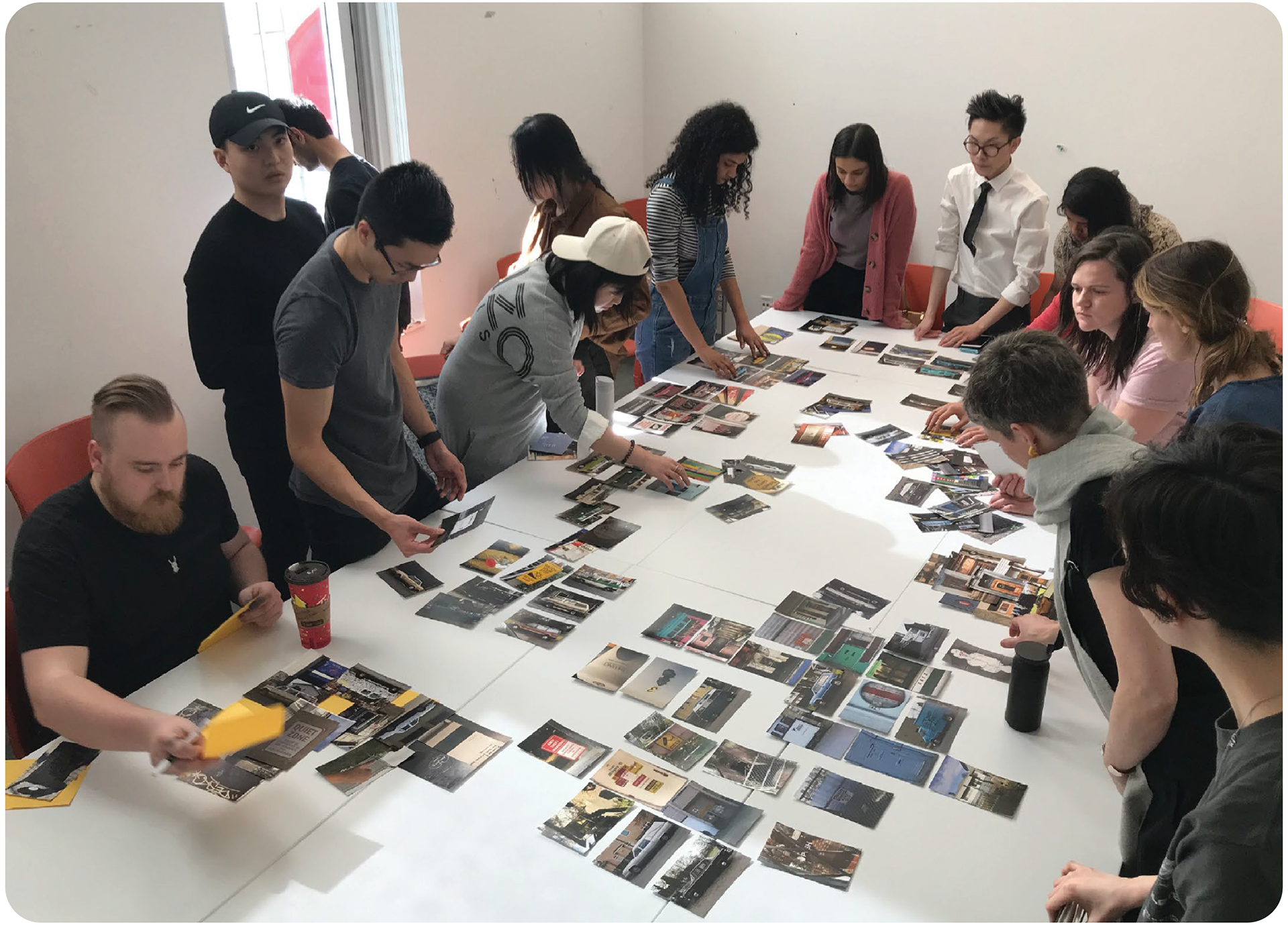
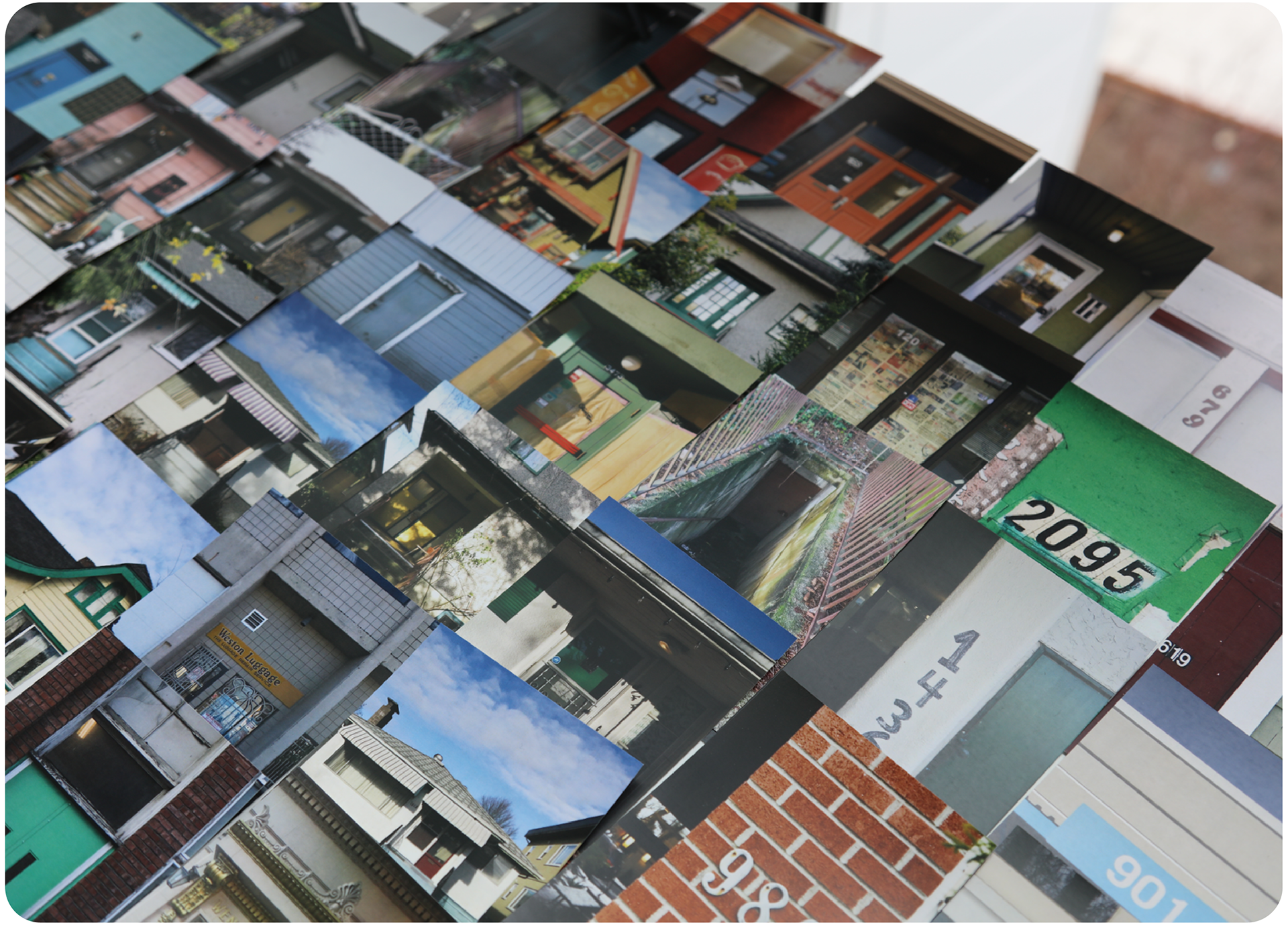
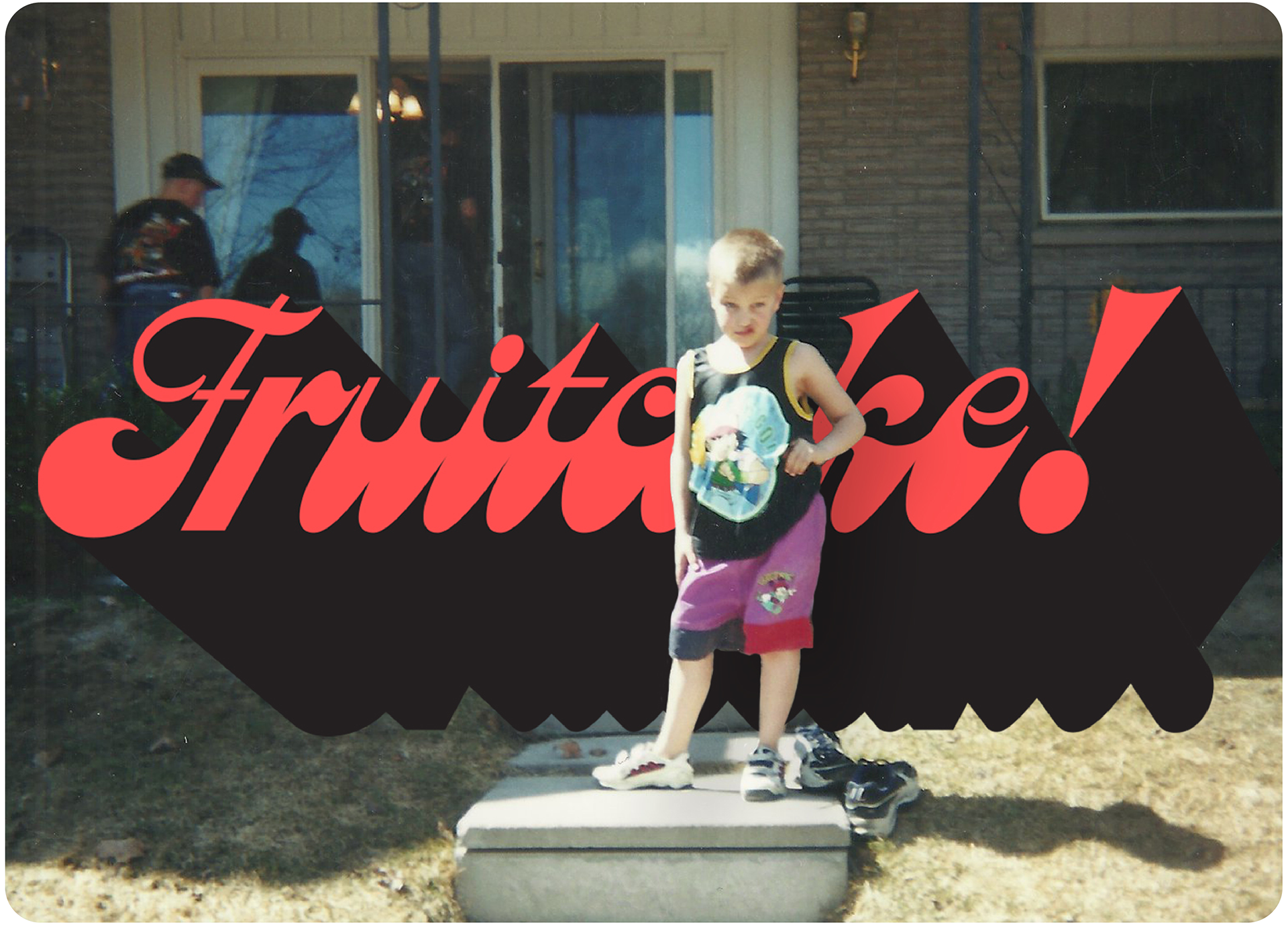
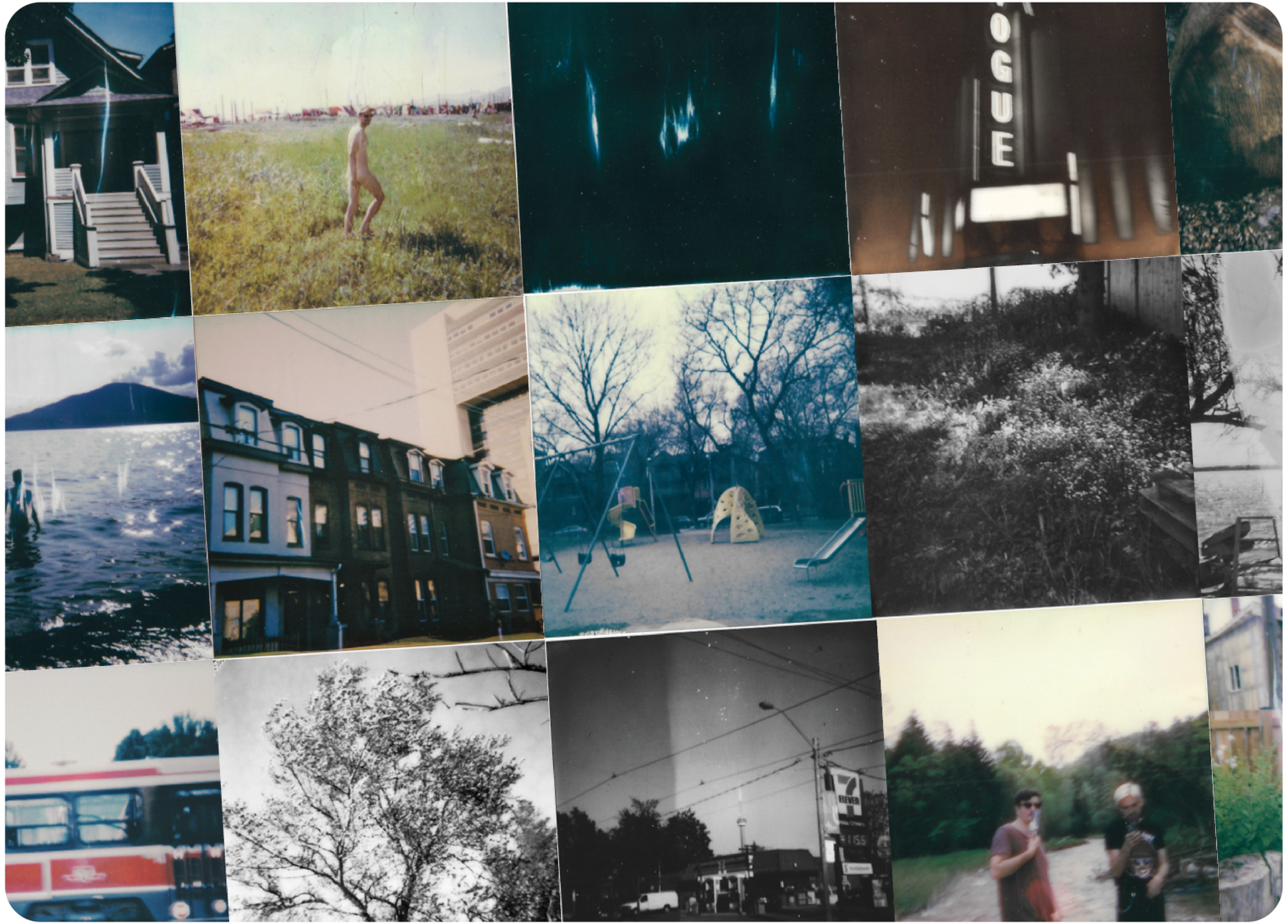
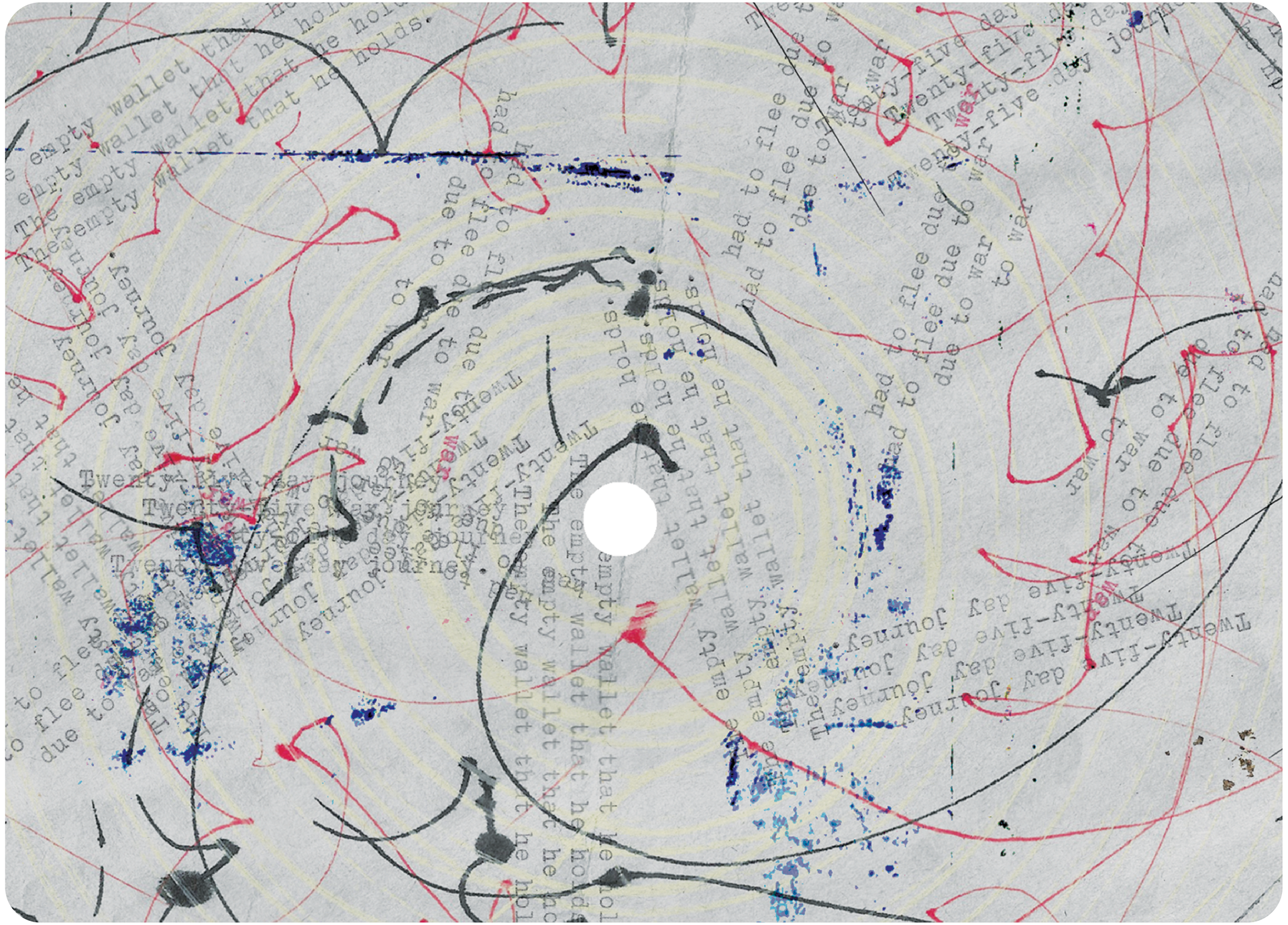
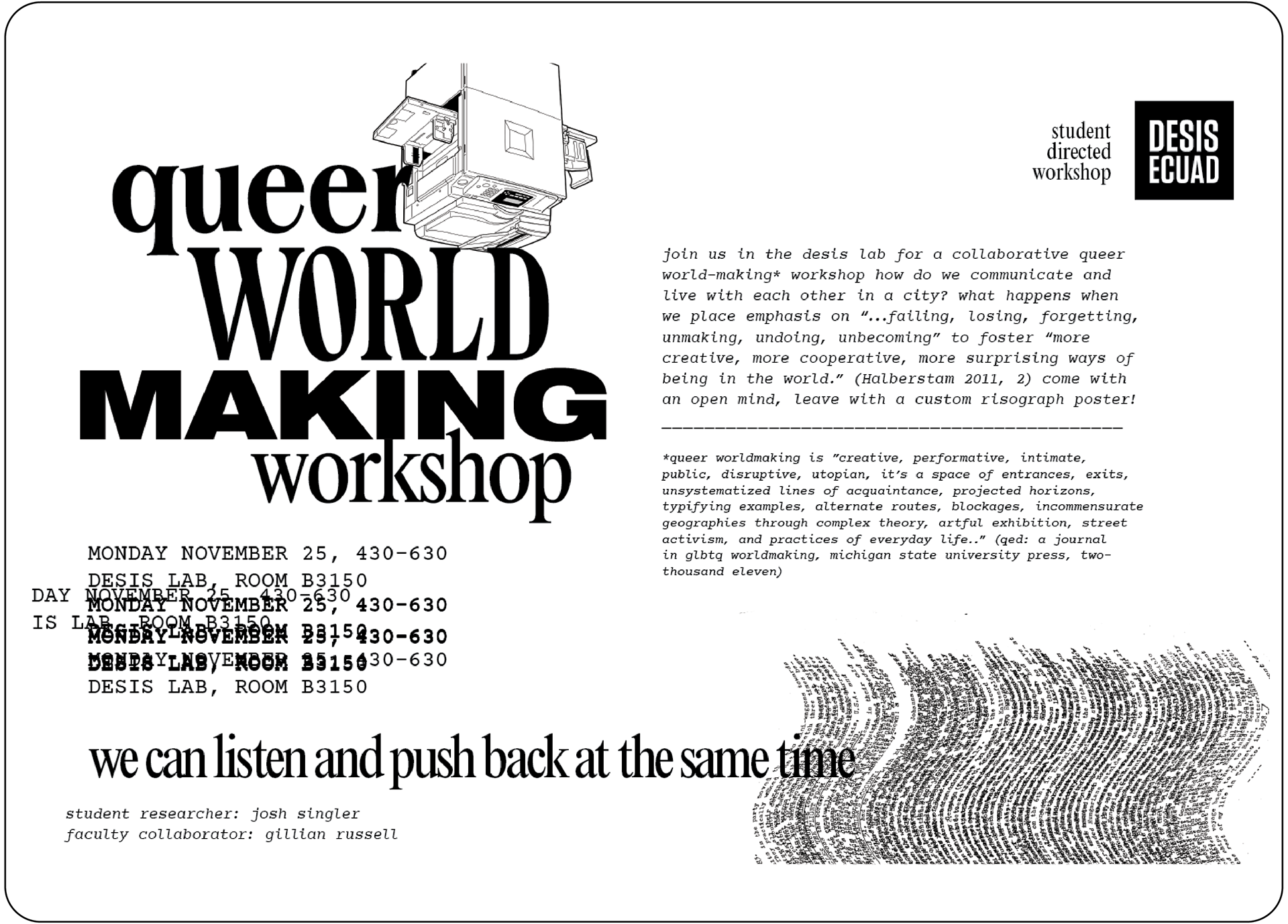
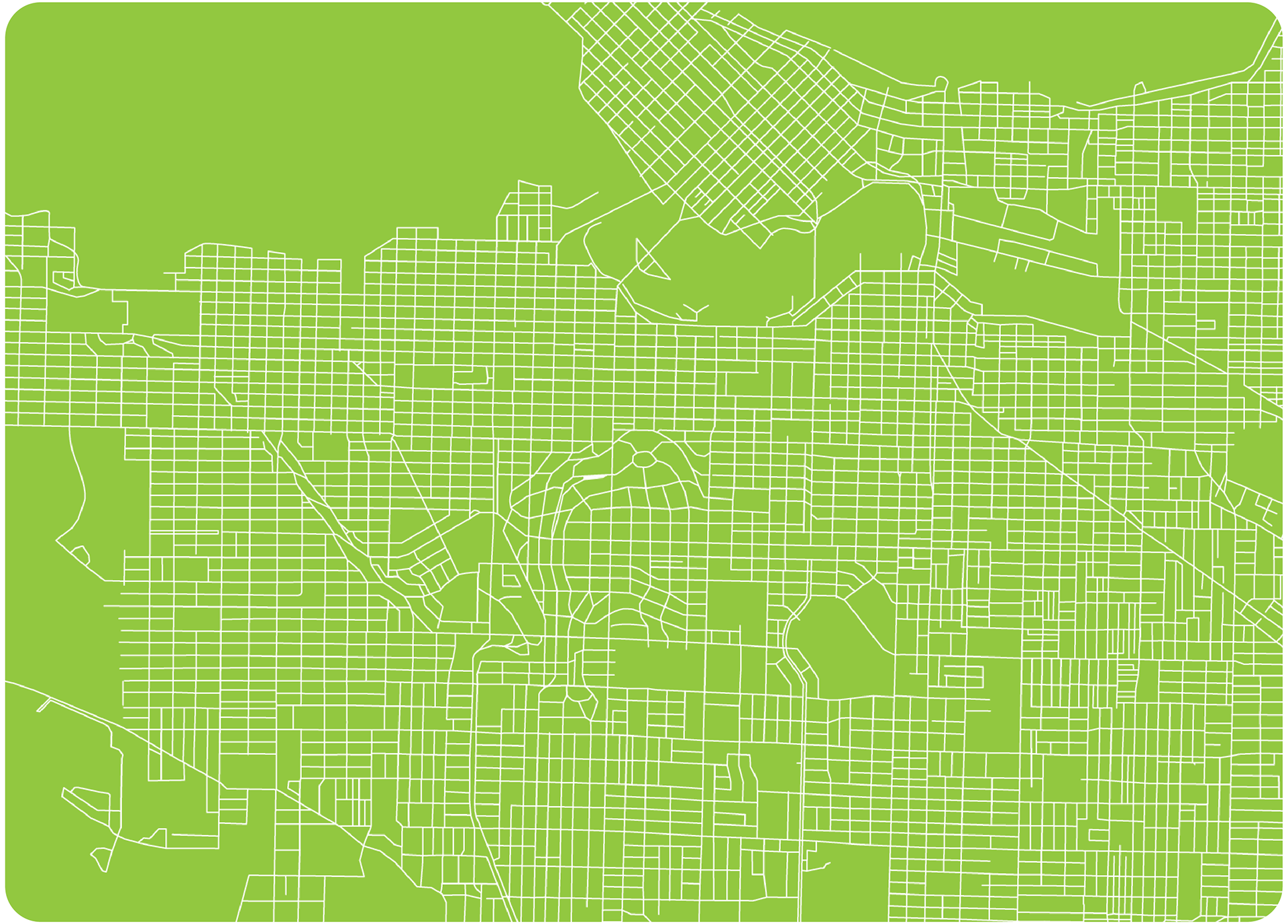
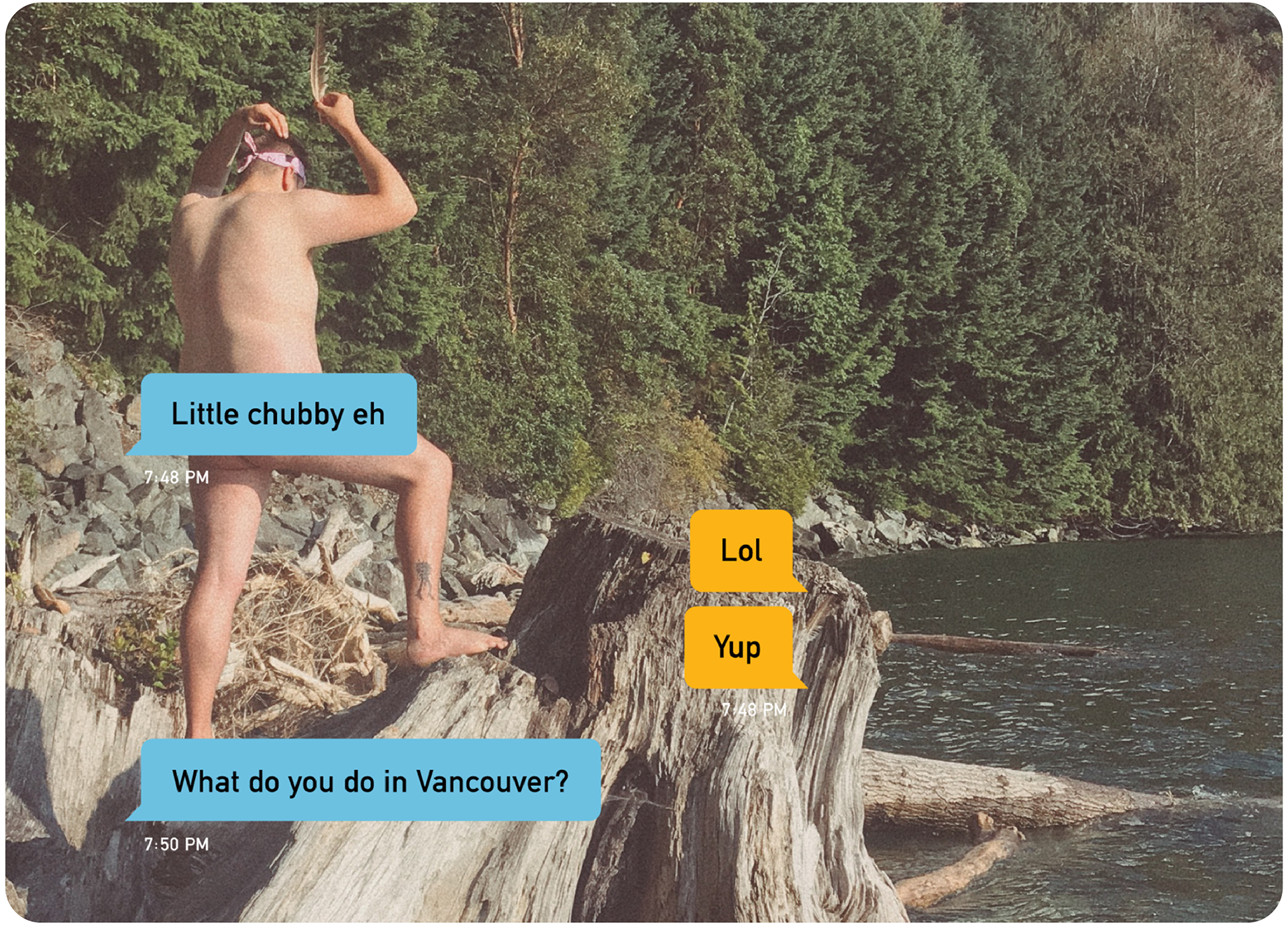
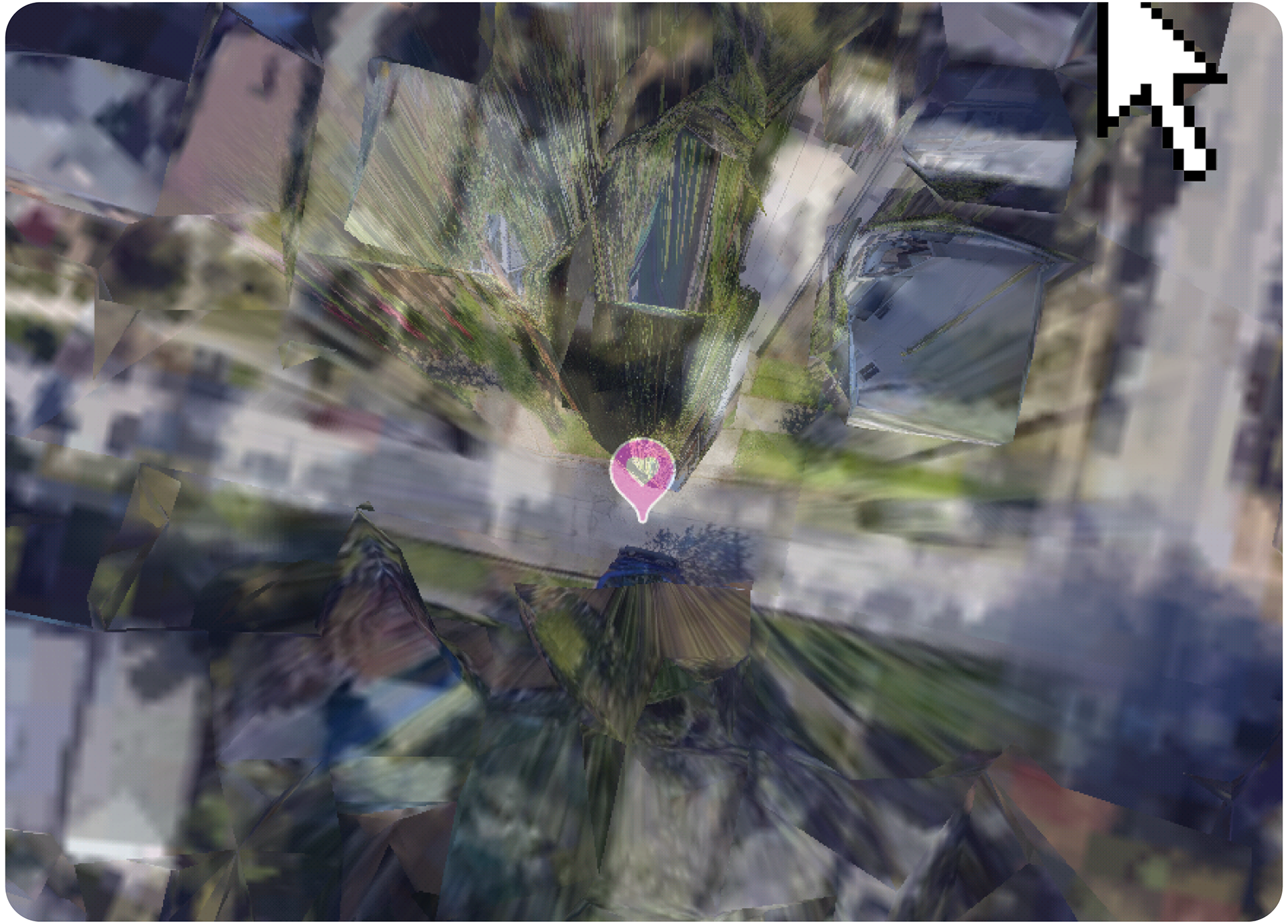
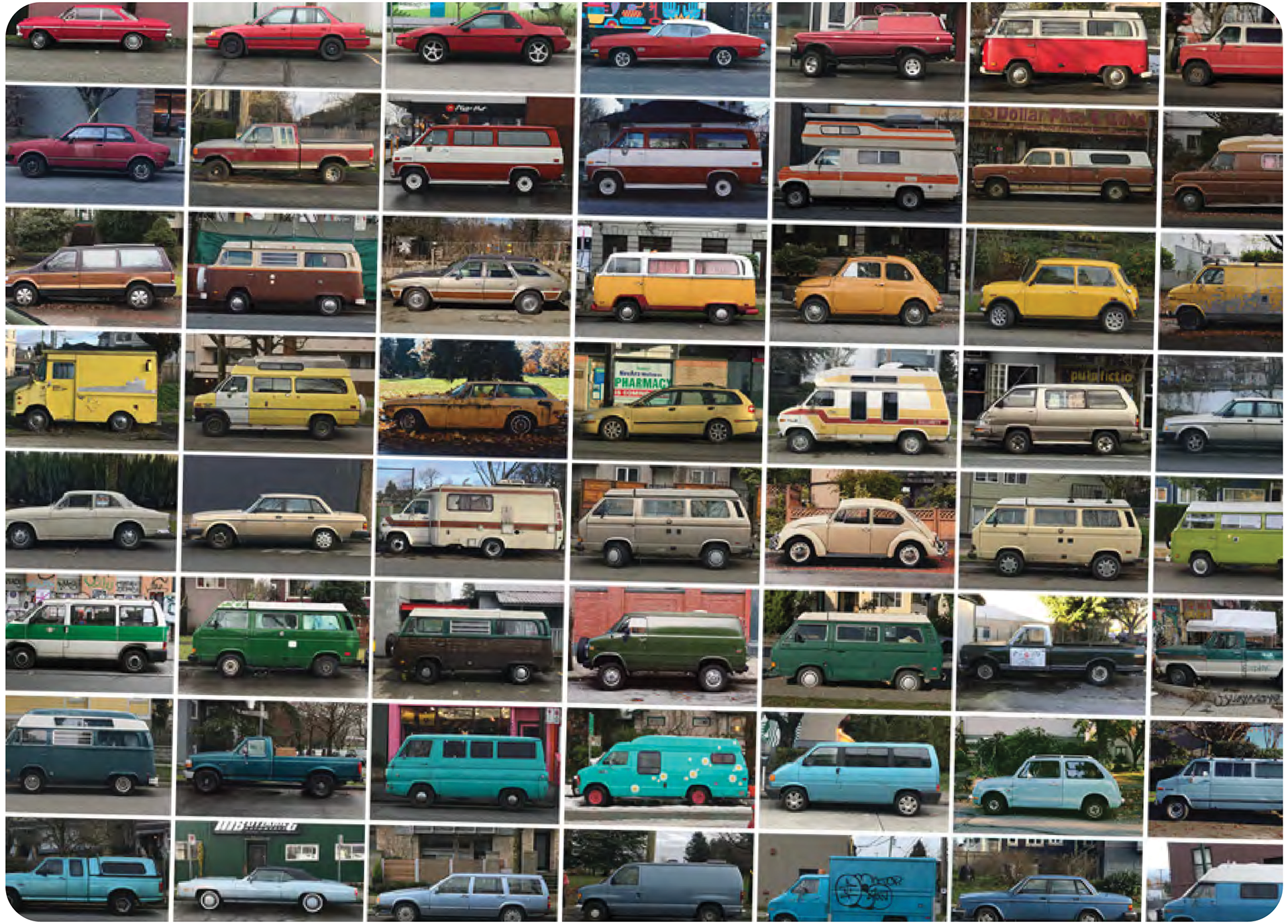
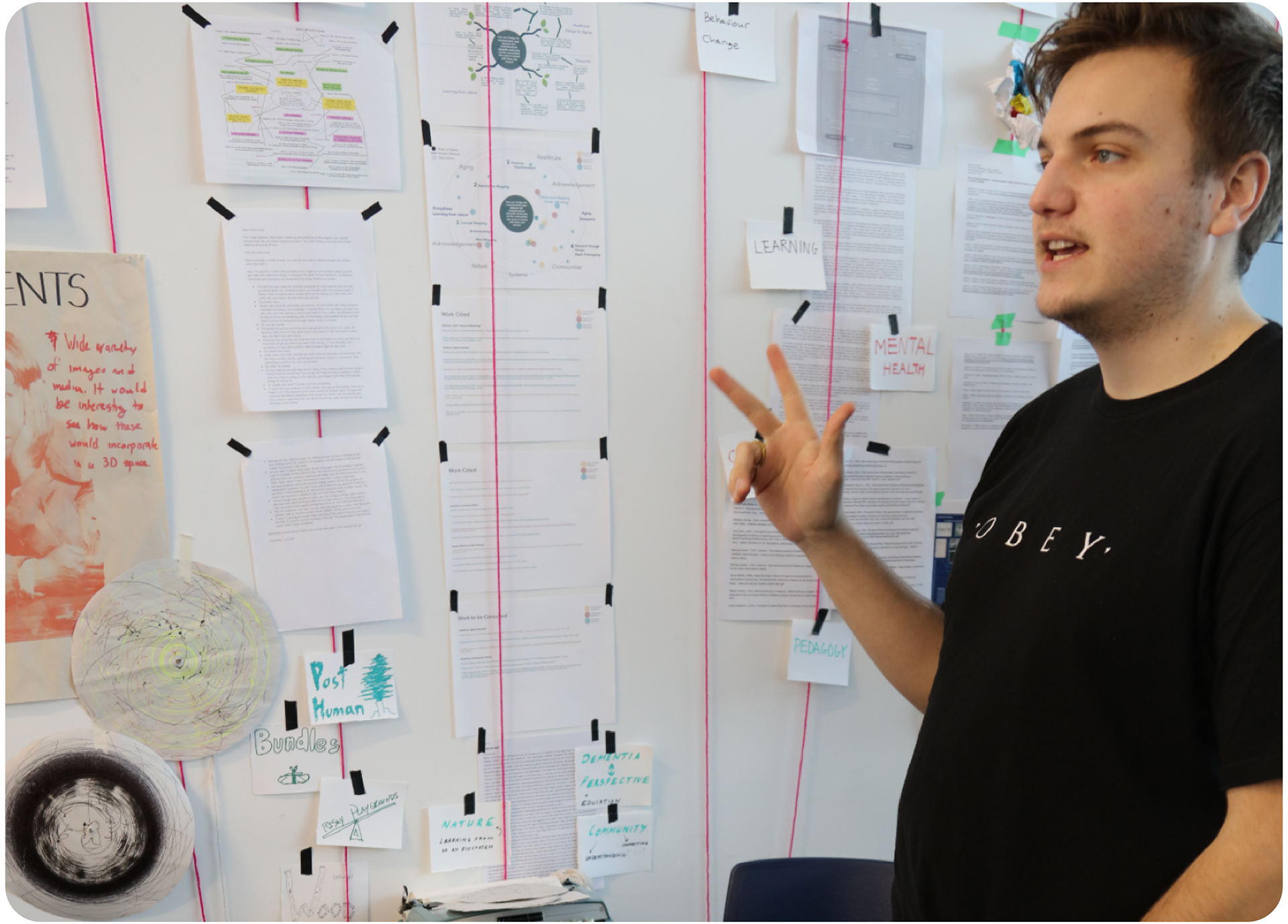
orienting oneself as process
In “Queer Phenomenology’ Sara Ahmed presents the idea that within the conflict of disorientation lies great potential, she states: “When we don’t give up, when we persist, when we are ‘‘under pressure’’ to arrive, to get somewhere, we give ourselves over to the line” (Ahmed, 2006:7). For my entire life I have unknowingly put myself under the pressure of getting to a destination where I felt at total peace with myself. The following queery was an attempt at “giving myself over to the line”–-an exercise to experiment with methods without boundaries.
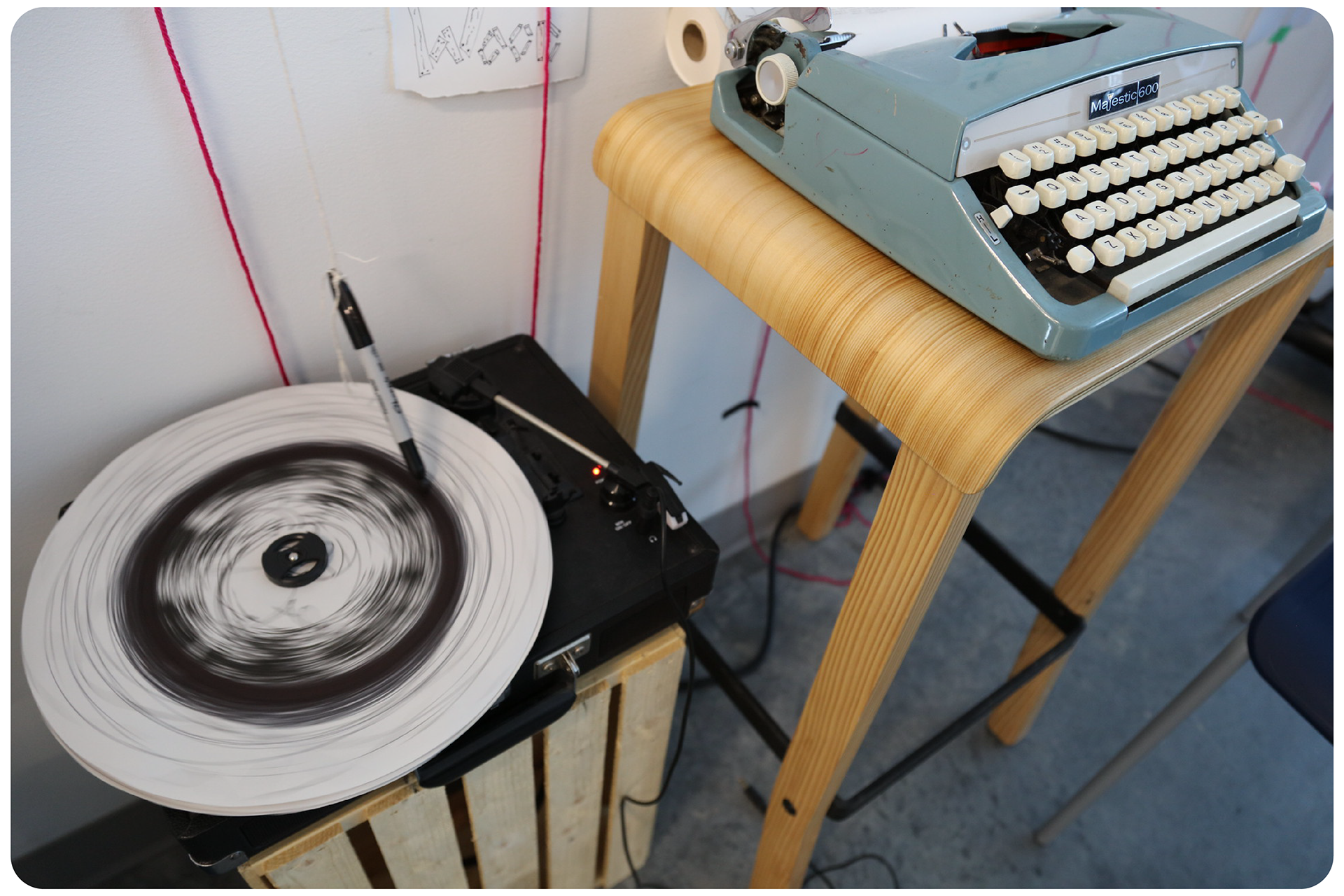
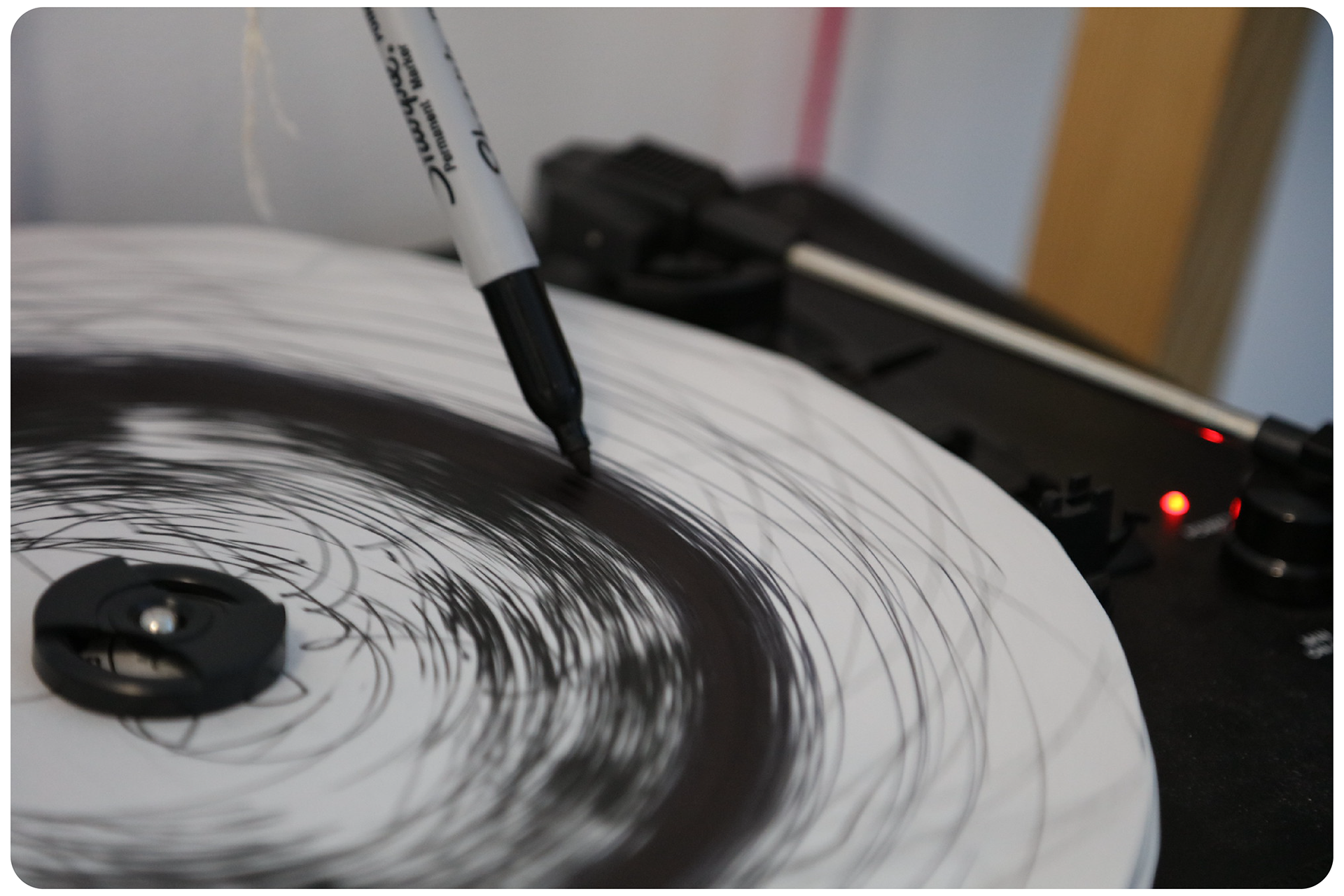
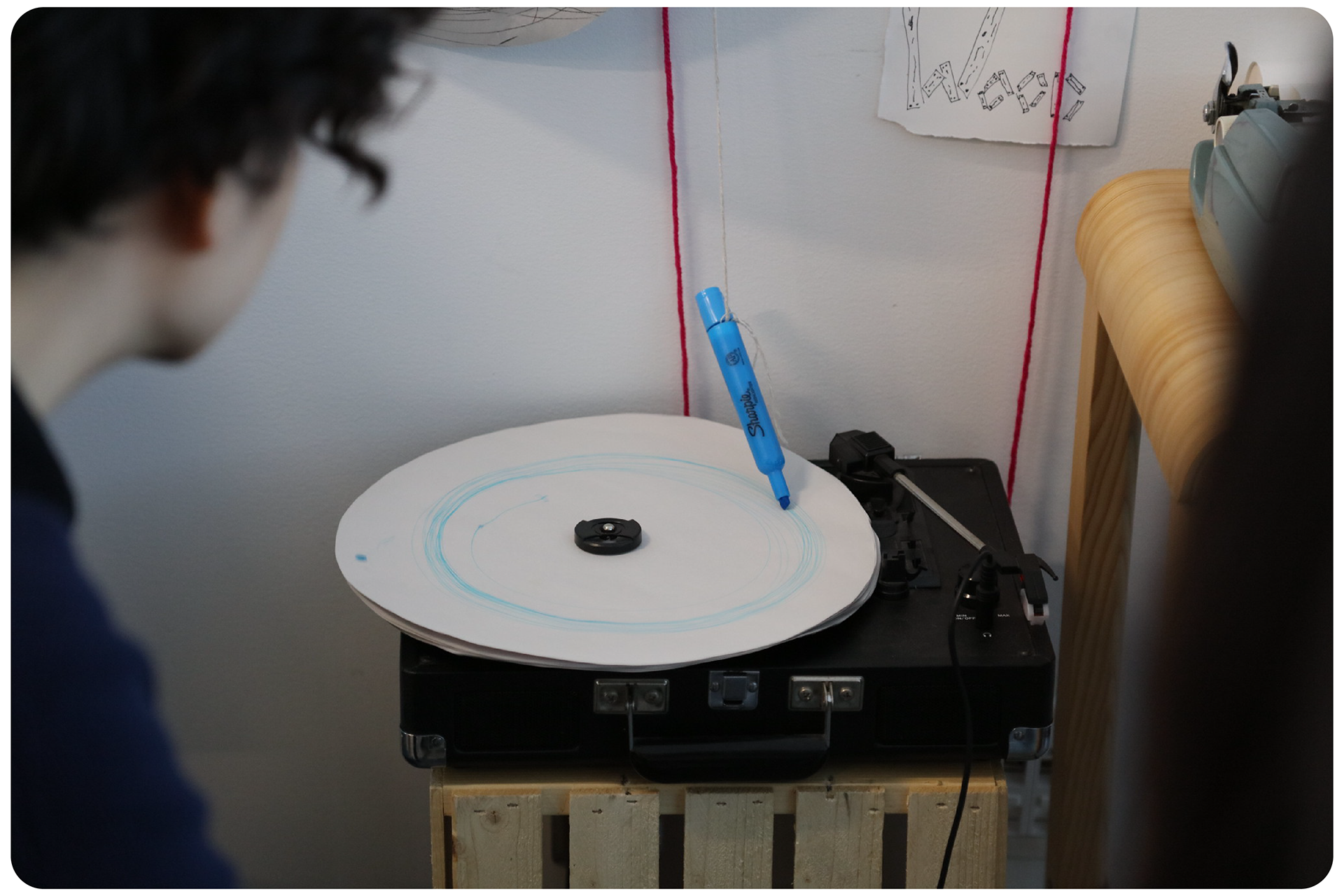
'atlas'
Atlas, is one of many explorations conducted throughout my research. Atlas is a denim vest adorned with the word Faggot! across the shoulders. Through a series of intentional design choices, I set out to make an embodied design exploration that plays with fixed gender binaries and socially acceptable ways of conducting oneself in public. While wearing the vest I wandered around Vancouver without a shirt underneath and consciously took into account the interactions that I was having. Throughout my wandering, I noticed shifts in interaction depending on my location in the city. This intentionally designed, embodied artefact was able to give form to the queer theories and queer strategies that I was researching and furthermore, it was able to act as a vessel for interaction between the public with these theories and strategies. This vest was one of several experiments that helped me in beginning to craft an atlas or mental map of the city which further contributed to a better understanding of self and how that translates into my practice as a designer and educator.
